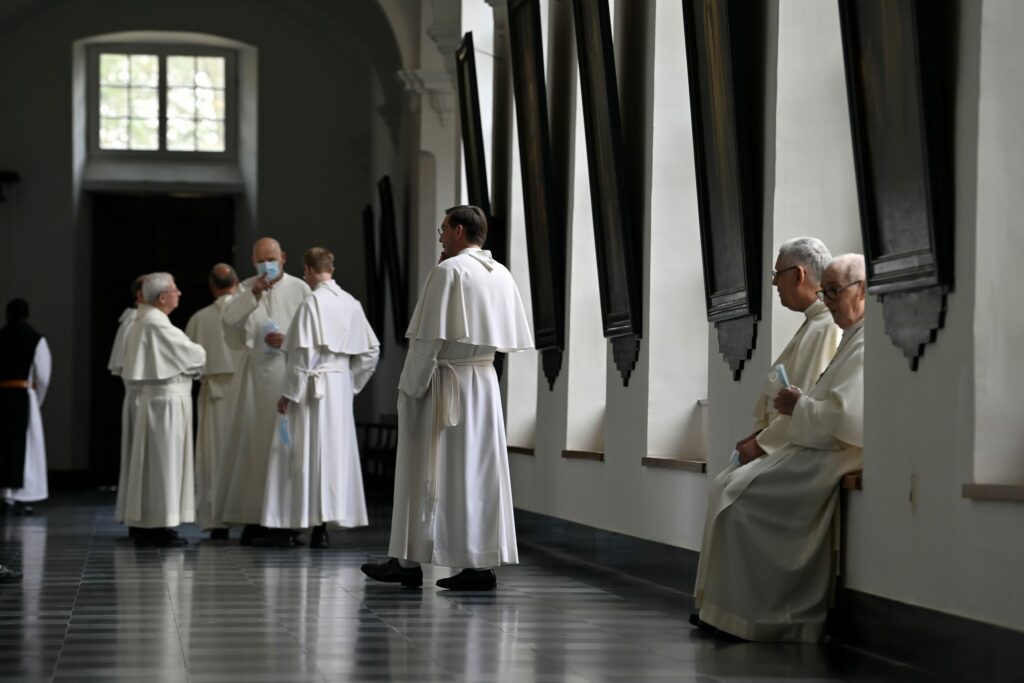While exorcisms may seem a thing of the past, the practice still occurs frequently today: over 1,000 exorcisms take place every year in the Averbode Abbey in the province of Flemish Brabant – making it Belgium's so-called "exorcism hotspot."
People come to the Abbey of Averbode from all over the country (and even beyond) for an exorcism. This is a religious or spiritual practice to supposedly drive out demons, the Devil or other malevolent spiritual entities from a person who is believed to be possessed by them.
"I do three exorcisms a week and not a day goes by without new requests," an official exorcist who goes by the pseudonym Geert told VRT.
In addition to his pastoral work, Geert "listens to people's stories and tries to free them," he explained, adding that he is no exception. "I often hear that they can hardly keep up with demand in other parishes."
Dialogue with the Devil
The practice of exorcising evil spirits from people (and even buildings and areas) has been "around for a long time," historian Kristof Smeyers (KU Leuven) – who is currently trying to map the history of exorcisms in Flanders – explained on Flemish radio.
"At a certain point, the Church felt that there was a need to incorporate these practices that had existed for centuries," he said. "In the 17th century, the rite was written out point by point. Not much has changed to this day."
The essence of an exorcism is "entering into a dialogue with evil," Smeyers explained. "The manuals recommend caution, because the Devil is the father of lies. So everything he says can be (deliberately) wrong."
Geert learned how to perform exorcisms based on the old rites, but pointed out that people can also take "exorcism courses" in Rome. "An exorcism is actually not that spectacular, contrary to how it is sometimes presented in films such as 'The Exorcist'".

Credit: Belga / Eric Lalmand
Usually, such a ritual starts with an exploratory conversation in which the person in need of an exorcism tells their story freely and in full confidence. "This is followed by a long prayer to set them free. Nothing physical actually happens."
There is no clear pattern in people who think they are possessed, as the "symptoms" have changed over the centuries, Smeyers affirmed. "In general, alarm bells seemingly go off when someone exhibits abnormal behaviour. Even 'accidents' that seem to have no explanation can arouse suspicions of the Devil."
However, the history records showed a clear distinction between those who were convinced "that the Devil dwells within them" and people whose environment was convinced of this, he said. "There is a disproportionate presence of women who were said to be possessed by the Devil or by demons. There is a dominant theory that women were more susceptible to sinfulness and evil."
Related News
- Belgium bans 'conversion therapy' for LGBTQ people
- Ancient Averbode brewery accused of illegal slaughter
The only similarity Geert recognises between people is that everyone who comes to him feels stuck, can no longer move forward in their life and attributes this to the presence of a superhuman force. "We live in uncertain times. People have less stability and it is more difficult to give things a place."
Whether these exorcisms can really offer people liberation is up in the air, "but about half of them still report feeling better and being able to move forward again," he concluded.

